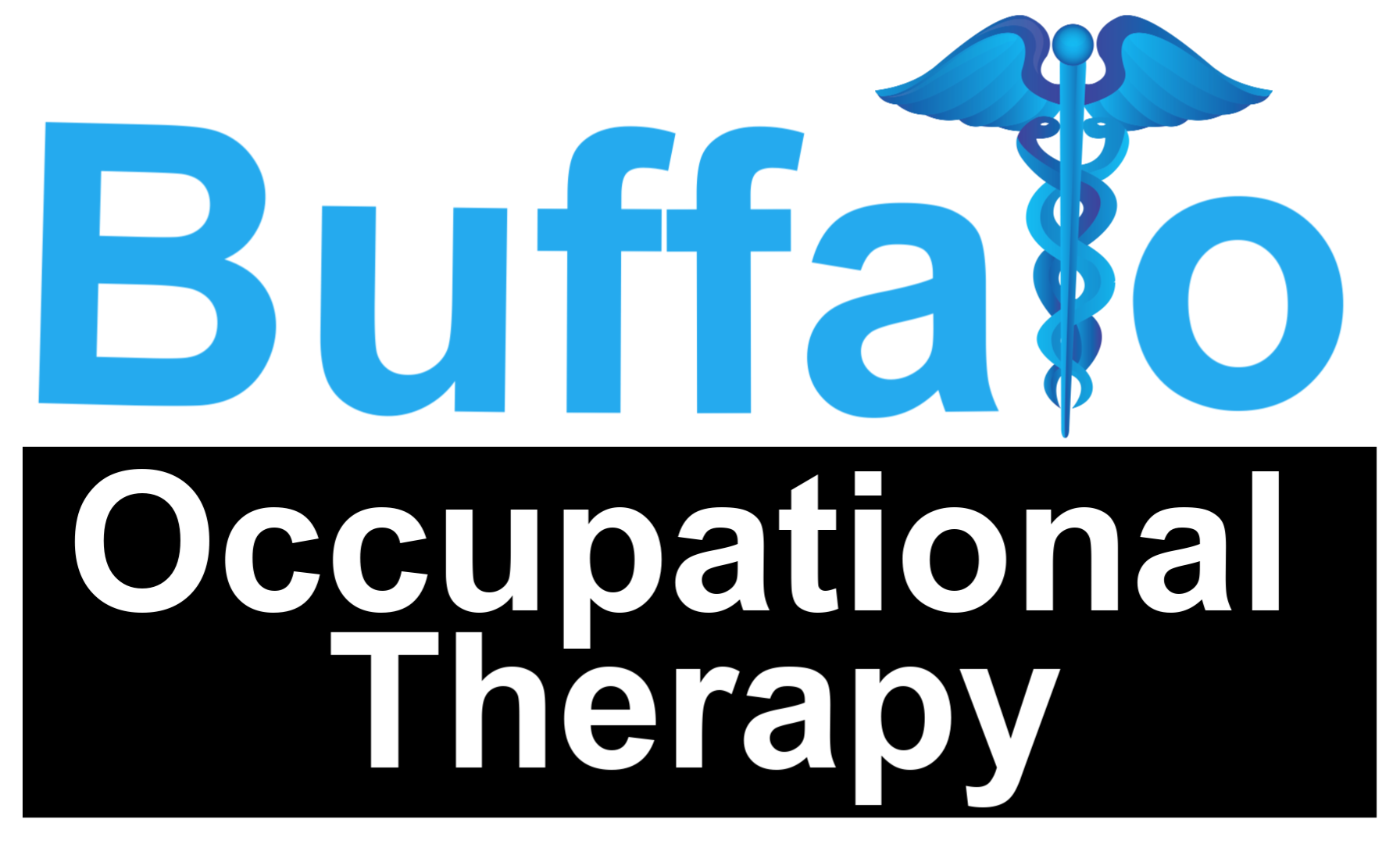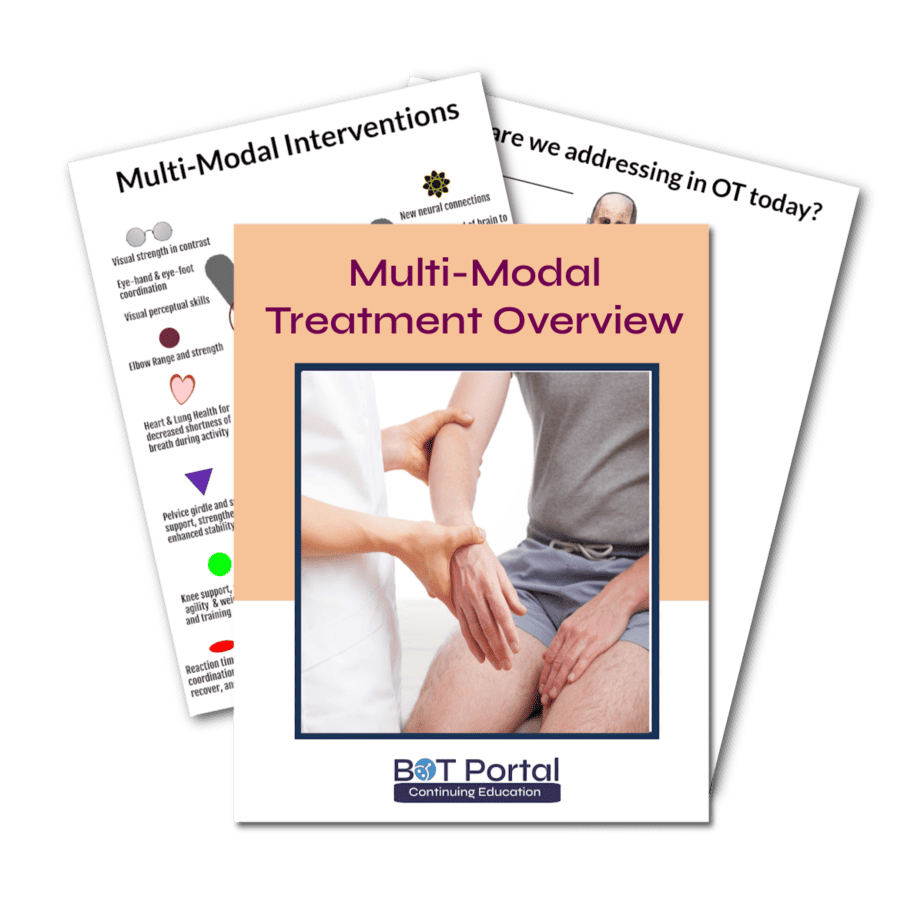Description
Explain your OT Treatment Perspective
The unique contribution of the OT Treatment Perspective
Download this resource to help explain your OT treatment perspective as a holistic and multi-system approach to improve body functions, structures, and performance skills in one interventions. It is extremely important to understand the concept because this is the core of the occupational therapy process.
This PDF will help you discuss the comprehensive vantage point of the occupational therapy practitioner:
- Executive Function
- Vision
- Trunk
- Shoulders
- Upper Limbs
- Pelvis
- Lower Limbs
- Base of Support
More Information:
The occupational therapy (OT) holistic treatment perspective emphasizes a comprehensive approach to addressing the physical, psychological, social, and environmental factors that influence an individual’s ability to engage in meaningful occupations. Rather than focusing solely on isolated symptoms or impairments, OT practitioners consider the whole person within the context of their unique life circumstances, experiences, and goals.
Key principles of the holistic treatment perspective in occupational therapy include:
- Client-Centered Care: OT practitioners prioritize the individual’s goals, values, and preferences, collaborating with them to develop personalized treatment plans that reflect their priorities and aspirations.
- Biopsychosocial Approach: OT considers the interconnectedness of biological, psychological, and social factors in shaping an individual’s health and well-being. Treatment interventions address physical impairments, cognitive challenges, emotional concerns, social dynamics, and environmental barriers.
- Occupation-Based Interventions: Occupations refer to the meaningful activities and roles that individuals engage in on a daily basis, such as self-care, work, leisure, and social participation. OT interventions are centered around promoting participation in these meaningful occupations to enhance overall quality of life and well-being.
- Strengths-Based Perspective: Rather than focusing solely on deficits and limitations, OT emphasizes the individual’s strengths, assets, and abilities. Treatment interventions build upon existing strengths and capacities to facilitate skill development, adaptation, and resilience.
- Contextual Considerations: OT acknowledges the influence of environmental factors, cultural norms, socioeconomic status, and personal relationships on an individual’s health and occupational performance. Treatment plans address contextual factors that may facilitate or hinder participation in meaningful activities.
- Interdisciplinary Collaboration: OT practitioners collaborate with other healthcare professionals, educators, caregivers, and community resources to provide holistic care that addresses the diverse needs of the individual. Interdisciplinary collaboration ensures coordinated care and maximizes treatment outcomes.
- Preventive and Wellness-Oriented Approach: OT emphasizes proactive strategies to prevent injury, promote health, and optimize well-being across the lifespan. Interventions may include health promotion, education, environmental modifications, and lifestyle modifications to support optimal functioning and participation.
What is included?
- 1 multi-modal or multi-system treatment illustration to explain the areas of the body you are seeking to impact
- 1 full page anatomy to circle what structure you are targeting in your session or plan of care
Helpful Links:
Check out BOT Portal: Resource Site for Occupational Therapy Students and Practitioners



